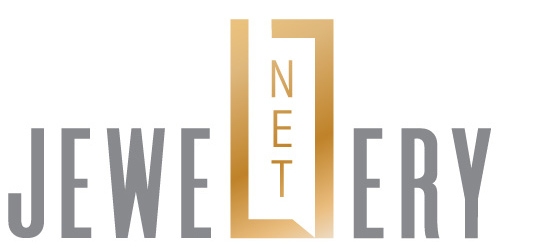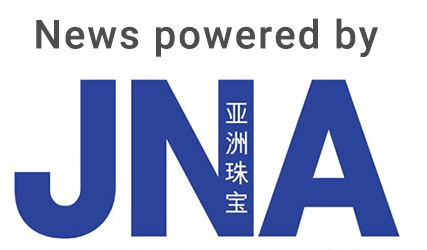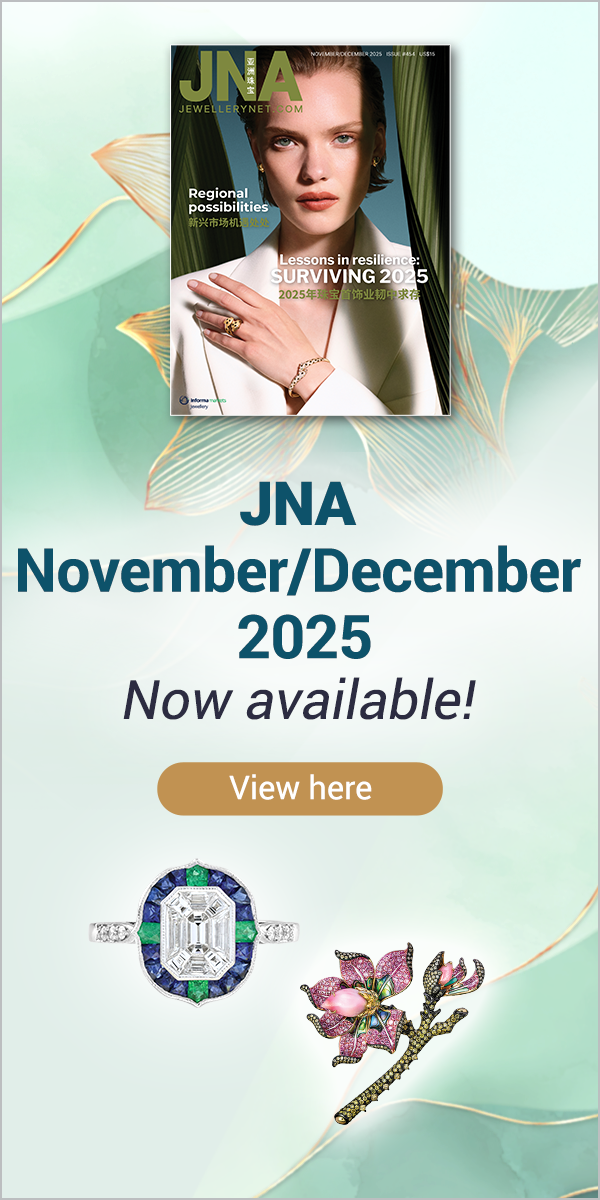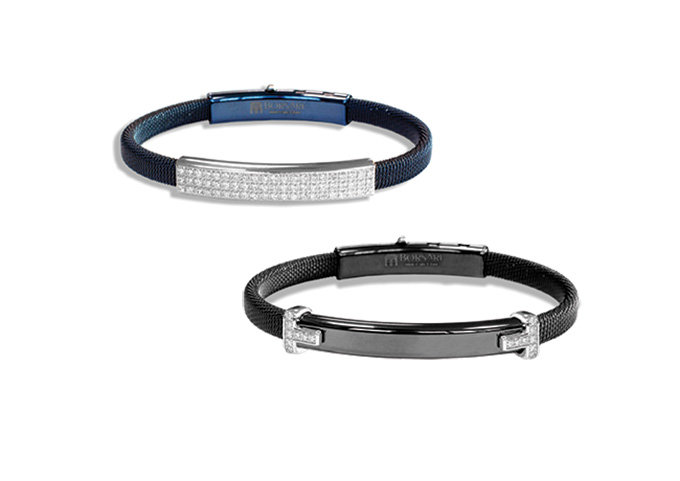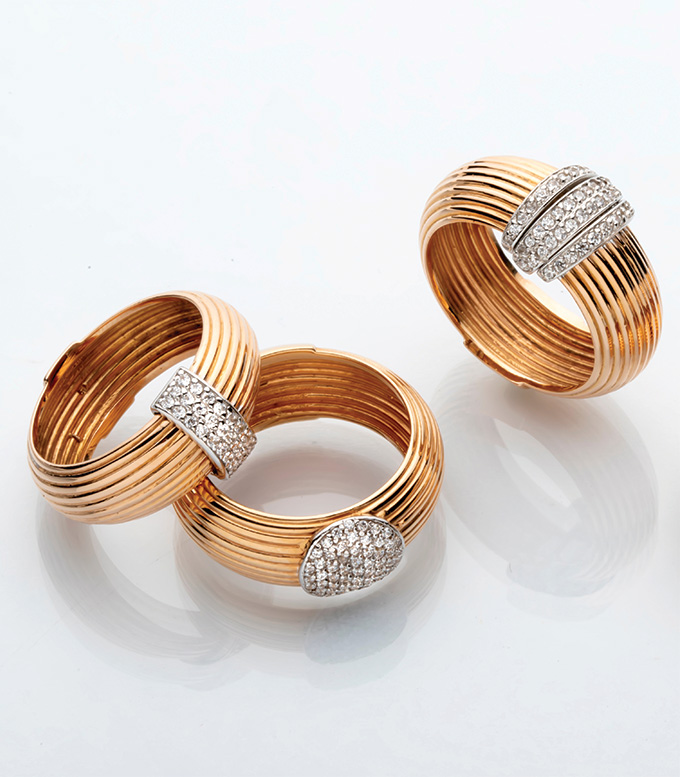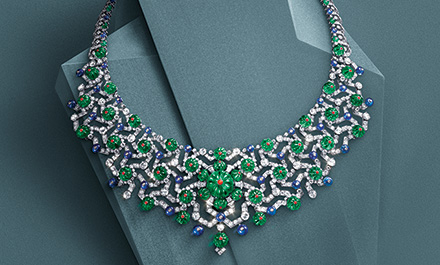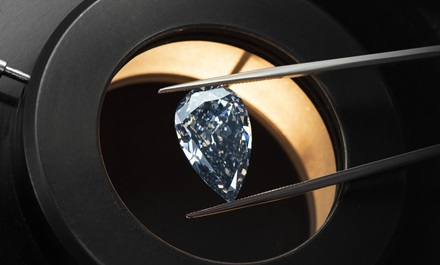Jewellers are seeing heightened demand for mixed-metal pieces, and not entirely because of skyrocketing gold prices.
This article first appeared in the JNA July/August 2025 issue.
There is a different kind of allure to mixed-metal jewellery. Edgy, fresh and adventurous, it allows for wider design and styling possibilities. For jewellery designers and manufacturers, offering such pieces provides respite from ultra-high gold prices, which have so far increased by nearly 100 per cent over the last five years.
More than just a cost-effective strategy, mixed-metal jewellery also affords jewellers new and exciting ways to be creative.
Even brands like Tiffany, Pandora, Monica Vinader and David Yurman, to name a few, jumped on the bandwagon and regularly come up with trendy two- or three-toned designs, specifically gold and silver jewellery collections. On the trade front, manufacturers are pushing the envelope of novelty even further, offering gold jewellery combined with platinum, steel and other innovative materials.
Ideal pairings
Turkish jewellery manufacturer BMA Rings has an expansive selection that melds gold with a variety of metals like platinum, silver and steel.
Each ring collection presents different price and design flexibilities, which are attractive to price-conscious buyers especially during times of uncertainty, explained Aras Batri, sales representative at BMA Rings.
“We consistently produce new designs using alternative metals to mitigate the impact of high gold prices,” noted Batri. “Our buyers, mostly from Europe and the US, have become more receptive to such innovative pieces.”
Data from the World Gold Council showed the price of gold reached US$3,334.75 per ounce as of June 3, 2025, up 98 per cent from US$1,683.45/oz from around the same period in 2020.
Most recently, BMA Rings started offering gold rings combined with a metal called zirconium. Valued for its durability, corrosion resistance and hypoallergenic properties, zirconium is increasingly finding its way into the jewellery trade, according to Batri.
“With zirconium, we can make grey or black wedding bands combined with 14- or 18-karat gold. This is extremely popular among men,” he added. “There is steady demand for zirconium pieces from our customers since these are lighter and more affordable.”
Alternative metals, zirconium included, are gaining favour in Europe and other markets, continued Batri. The company's customer portfolio includes Germany, France, the US and Australia.
Evolving preferences
Cristiano Bonato, co-founder of Italy’s Borsari Gioielli, said his company’s mixed-metal jewellery pieces are rising in popularity mainly due to the market’s changing perception of jewellery.
The company offers unisex pieces that combine gold with silver, steel and titanium.
“Buyers always want something new. Over time, they grow bored of just gold or just silver jewellery,” explained Bonato. “We are trying to meet this demand for edgier, more expressive pieces. So far, the response has been positive.”
Borsari uses 18-karat yellow, white and rose gold in its pieces, interspersed with alternative metals. One of its highly sought-after pieces is a bracelet in blue steel and rose and white gold with black diamonds.
The jeweller is working on new mixed-metal collections with rose gold and brown diamonds as main components scheduled for launch in September.
“Faced with a challenging business environment, most buyers are looking to cut costs without compromising on the beauty and quality of the jewellery. They also crave more distinctive and stylish choices. Offering mixed-metal pieces is the way to do that,” stated Bonato.
The company is currently focused on developing a retail store for the Borsari brand and looking for agents and distributors in Europe, the US, Hong Kong and China.
Standout designs
Hong Kong-based manufacturer Trend Jewellery Ltd is also seeing mounting demand for two-toned jewellery pieces with more intricate designs. The company specialises in coloured gemstone and diamond jewellery in 18-karat gold or gold and silver with mother-of-pearl as well as the use of inlay technique.
“We combine various elements to make our products stand out. These are well-liked. We have been receiving a lot of requests for such designs,” said Crystal Chiu, sales manager of Trend Jewellery Ltd.
With prices of gold continuously rising, the company is increasingly producing lightweight gold pieces, which move faster in the US.
Some companies, meanwhile, are offering newer iterations of the beloved two- and three-toned gold jewellery. June Wong, business and admin manager of Gold Bright Hong Kong Group Ltd, said jewellery pieces in yellow, rose and white gold are highly sought after for their versatility and unmatched sophistication.
The jewellery manufacturer's major markets are Malaysia, the Philippines, Thailand and Singapore as well as the US and Europe.
“Buyer preferences differ for every market. Two-toned pieces (yellow and white gold) are favoured in the Philippines and Thailand while in Malaysia, three colours are selling more,” she remarked.
The market is also on the lookout for lightweight products. For instance, clients would ask for a necklace with a pendant weighing one gram as opposed to 2.5 grams in the past, shared Wong.
